Replacing backing plates on your Load Trail dump trailer may seem daunting, but with the right knowledge and tools, it can be a seamless process. By following this detailed guide, we will break down the replacement process into manageable steps, ensuring you perform the task efficiently and effectively.
Understanding the Role of Backing Plates
Backing plates play a crucial part in the braking system of your trailer. They provide a solid base for the brake assembly and help in aligning the brake components correctly. Over time, these plates can wear down due to constant use, leading to performance issues. Recognizing the importance of timely replacement can enhance the safety and longevity of your dump trailer.
Signs It’s Time to Replace Your Backing Plates
Before diving into the replacement process, ensure that you are indeed facing issues related to the backing plates. Here are some key indicators:
| Signs of Wear | Description |
|---|---|
| Uneven Brake Wear | Noticeable wear on brake pads and drums |
| Excessive Vibration | Increased shaking or rattling during operation |
| Abnormal Braking Performance | Reduced stopping power or delayed response |
| Visible Damage | Cracks, rust, or bent structures on backing plates |
If you relate to any of these symptoms, it’s time to get started on the replacement.
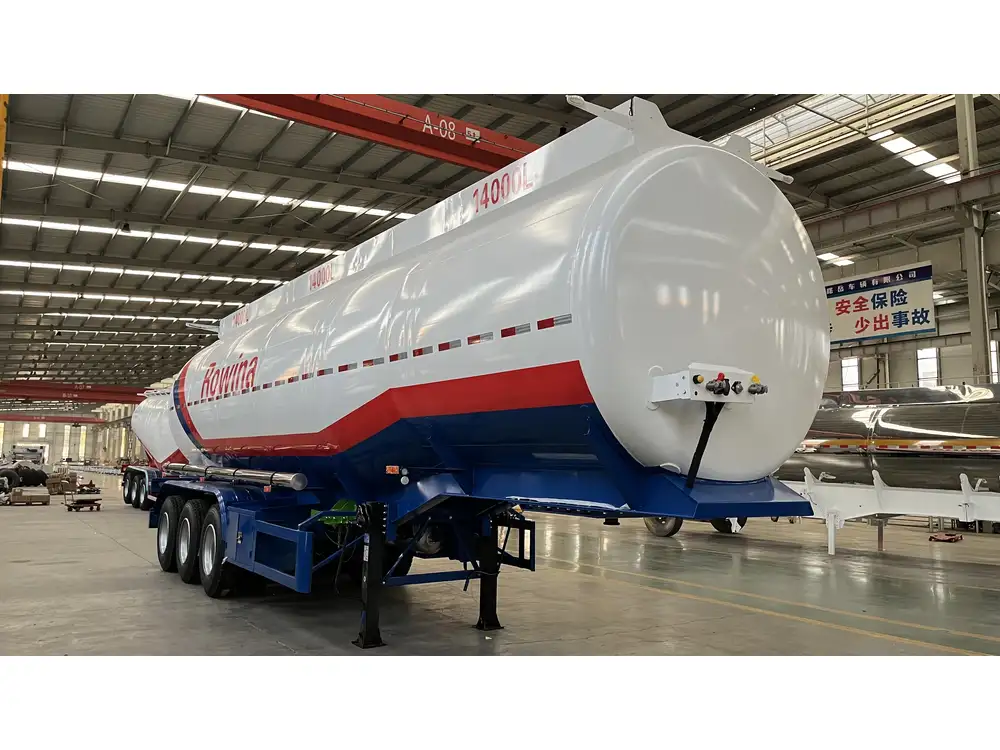
Necessary Tools and Materials
Before beginning the process, gather the required tools and materials. Here’s a comprehensive list:
Tools Needed:
- Socket Set: For removing nuts and bolts
- Wrench Set: To handle different size fasteners
- Torque Wrench: For properly securing bolts after installation
- Jack Stands: For safely lifting the trailer
- Pry Bar: Helpful in removing loosely fitted backing plates
- Brake Cleaner: To clean components during the replacement process
- Safety Glasses: Essential for protecting your eyes
Materials Required:
- Replacement Backing Plates: Ensure they are compatible with your Load Trail model
- New Brake Shoes: Recommended to replace these concurrently for better performance
- Hydraulic Brake Fluid: If your trailer uses hydraulic brakes, be prepared to top off the fluid
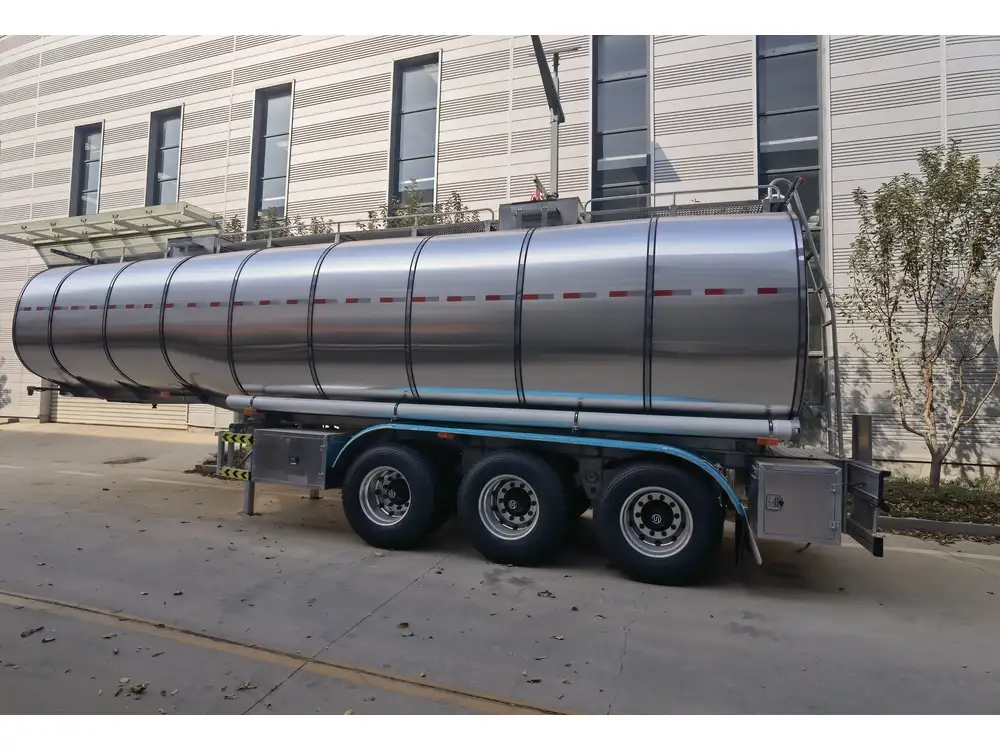
Step-by-Step Replacement Process
Step 1: Prepare the Trailer
- Safety First: Park the trailer on a stable, flat surface. Engage the parking brake and chock the wheels to prevent movement.
- Lift the Trailer: Use a hydraulic jack to raise the trailer. Place jack stands under the frame for safety.
Step 2: Remove the Wheel
- Wrench It Off: Using the appropriate socket size, loosen and remove the lug nuts.
- Take Off the Wheel: Carefully remove the wheel from the hub. Set it aside in a clean, safe area.
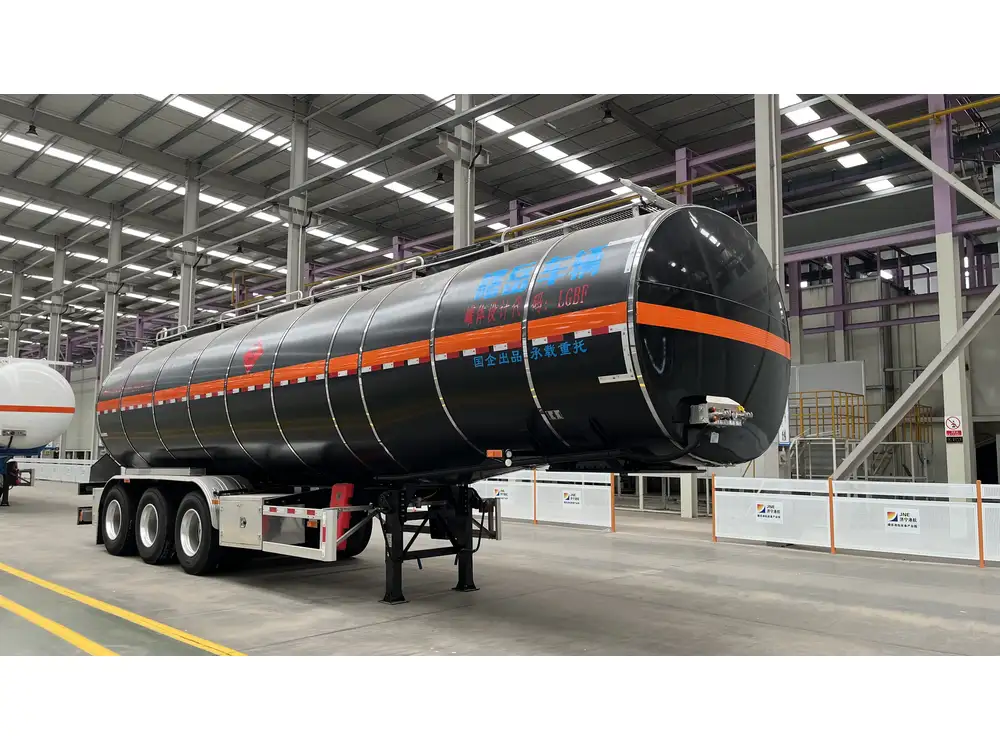
Step 3: Access the Braking Assembly
- Remove the Brake Assembly: Depending on your trailer type, unbolt the brake assembly from its position. Use the correct socket size for accuracy.
- Detach the Brake Line: If your backing plates are part of a hydraulic system, gently disconnect the brake line. Be cautious—brake fluid can spill.
Step 4: Take Off the Old Backing Plates
- Inspect and Remove: Check how the old backing plates are mounted. Most typically, they will be bolted onto the axle. Use your wrench to remove the bolts.
- Note the Positioning: As you remove the backing plates, take note of their positioning and arrangement, as this will help during reinstallation.
Step 5: Clean the Area
- Brake Cleaner Application: Use brake cleaner on the hub and surrounding areas to eliminate grease, dirt, and debris.
- Examine Components: Inspect the brake drums and other components for wear or damage. Replace any parts needed.
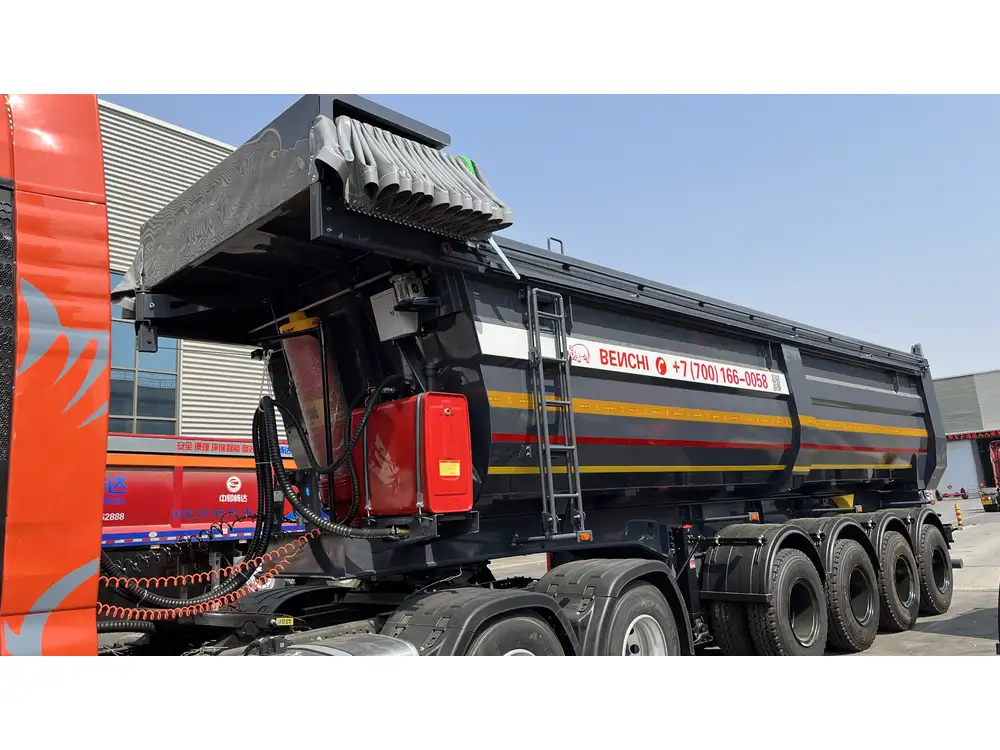
Step 6: Install New Backing Plates
- Align and Attach: Position the new backing plates on the axle, aligning them just as the old ones were.
- Secure with Bolts: Attach the backing plates using the previous bolts. Ensure that the fit is snug but be cautious not to over-torque.
Step 7: Reassemble the Brake Assembly
- Reattach the Brake Parts: Following your notes, reassemble the brake parts onto the new backing plates. Ensure all mechanisms are in proper working order.
- Reconnect Brake Lines: If applicable, reconnect the brake line and double-check for leaks.
Step 8: Reattach the Wheel
- Place the Wheel Back: Slide the wheel back onto the hub and hand-tighten the lug nuts.
- Torque the Lug Nuts: Once the wheel is on, utilize the torque wrench to tighten the lug nuts to the manufacturer’s specifications.
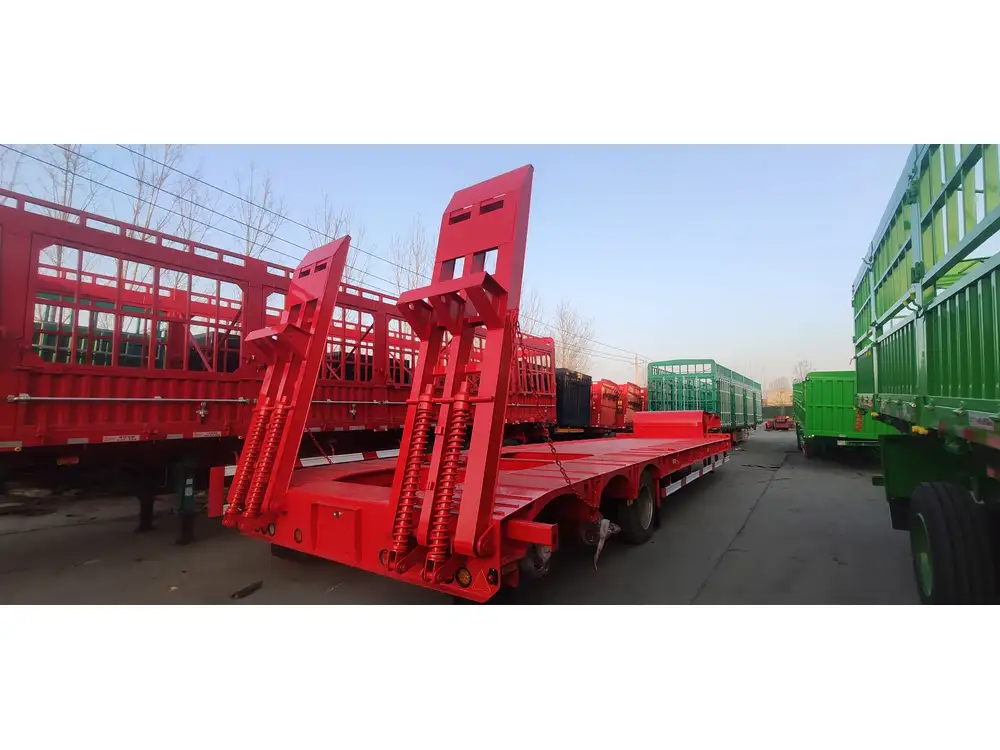
Step 9: Lower the Trailer
- Remove Jack Stands: Carefully lower the trailer back to the ground, ensuring stability.
- Test Movement: Before taking the trailer on the road, test the wheel’s movement and check for any abnormal sounds.
Final Checks and Maintenance Tips
Brake System Testing
Once you have replaced the backing plates, it is crucial to perform a brake system test:
- Check Brake Response: Try the brakes at low speed to confirm responsiveness.
- Inspect for Leaks: Ensure there are no leaks at pipe joints or connection points.
- Visual Inspection: Conduct a thorough visual inspection of the braking assembly and backing plates.
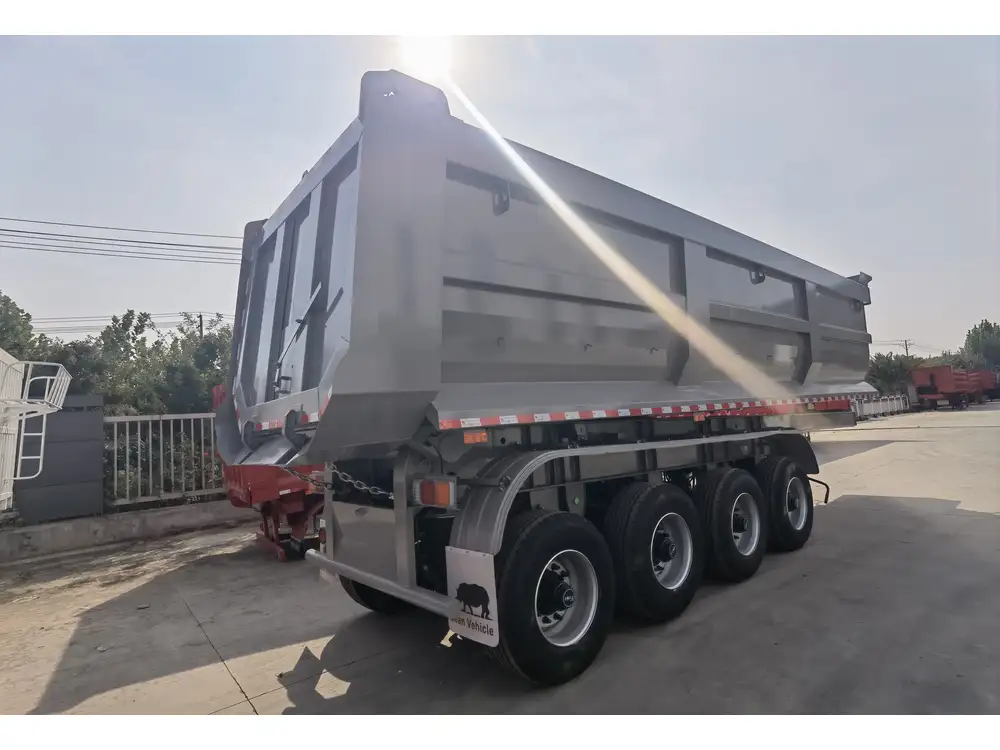
Regular Maintenance
To prolong the lifespan of your newly installed backing plates, consider these routine maintenance tips:
- Monthly Inspections: Regularly check for signs of wear or damage in the brake assembly.
- Brake Fluid Maintenance: Maintain adequate hydraulic brake fluid levels.
- Clean Components: Keep the trailer’s braking system clean to prevent premature wear.
Conclusion
Replacing backing plates on your Load Trail dump trailer involves strategic planning and methodical execution. By adhering to the steps outlined in this guide, you will not only ensure that your braking system functions optimally but also enhance the safety of your operations. The next time you face issues with your trailer’s braking mechanism, you’ll be well-equipped to handle the challenge.
By keeping your trailer’s braking system in top condition, you contribute to a safer environment for yourself and for all who share the road. Regular inspections and timely replacements are the keys to maintaining the performance and reliability of your trailer.
The information provided in this article should facilitate a smooth replacement process while also serving as an engaging resource for any user looking to understand the ins and outs of maintaining their Load Trail dump trailer.



